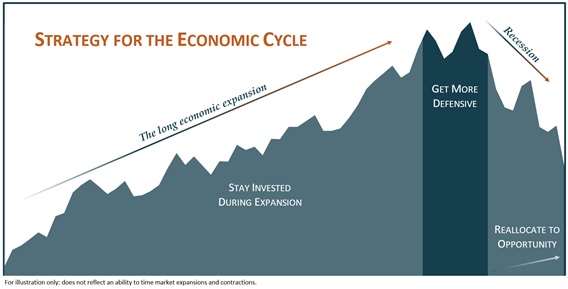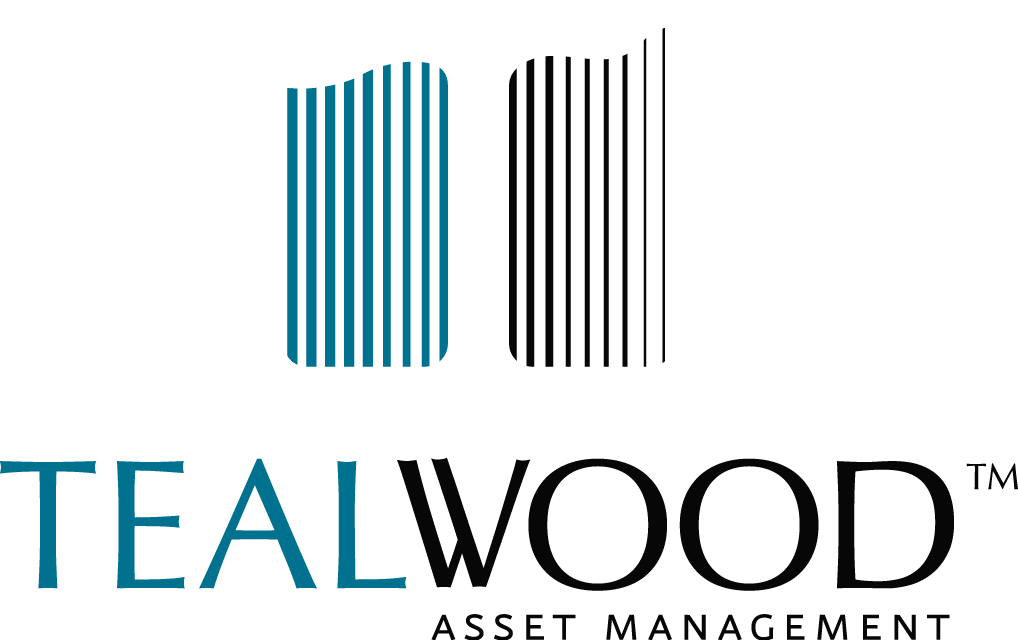The Economic Cycle
The long-established pattern of the Economic Cycle is repeated consistently. Our research shows that since 1960 there have been eight recessions with an average duration of about one year. The eight corresponding economic recoveries averaged approximately six years, with an average S&P 500 Index return of roughly 15% annualized.

Even with volatility along the way, over the long periods of economic expansions stocks deliver their best returns. In the short episodes of economic contraction, the equity market is predictably stressed. So how do you capture your fair share of economic expansion upsides and defend against recessions?
Where in the Economic Cycle are We? Letting the Data Drive
As part of our discipline, we monitor the most relevant economic data to determine when to make asset allocation adjustments. We are now into the ninth year of this economic expansion, making this one of the longest in the history of the U.S. economy. Yet, our fundamental dataset continues to point to growth in GDP and earnings, the Index of Leading Economic Indicators signals positive data, and the yield curve is intact (not inverted).
This economic cycle will someday downshift from expansion to contraction. When the data signals that those risks are pronounced, adjusting to a more defensive posture will make sense. Meanwhile, maintain equity allocations as appropriate to your circumstances, and concentrate on security selection focused on high quality fundamentals.
Summary
Deploy an investment discipline that seeks to achieve better results with less risk over economic cycles. Generally, remain invested during economic expansions. Let the data determine when to protect your gains and when to reinvest for the next recovery.

